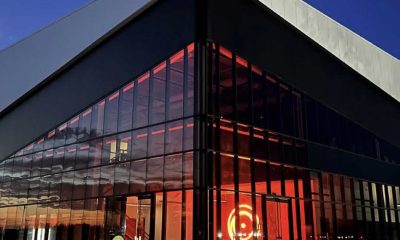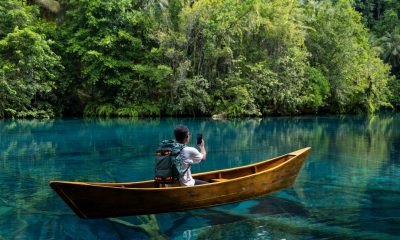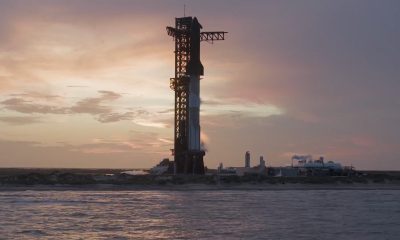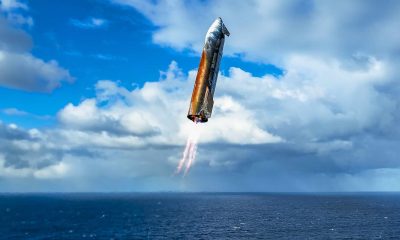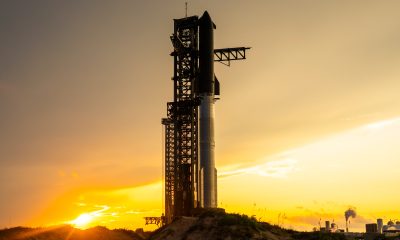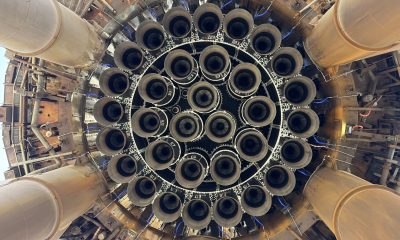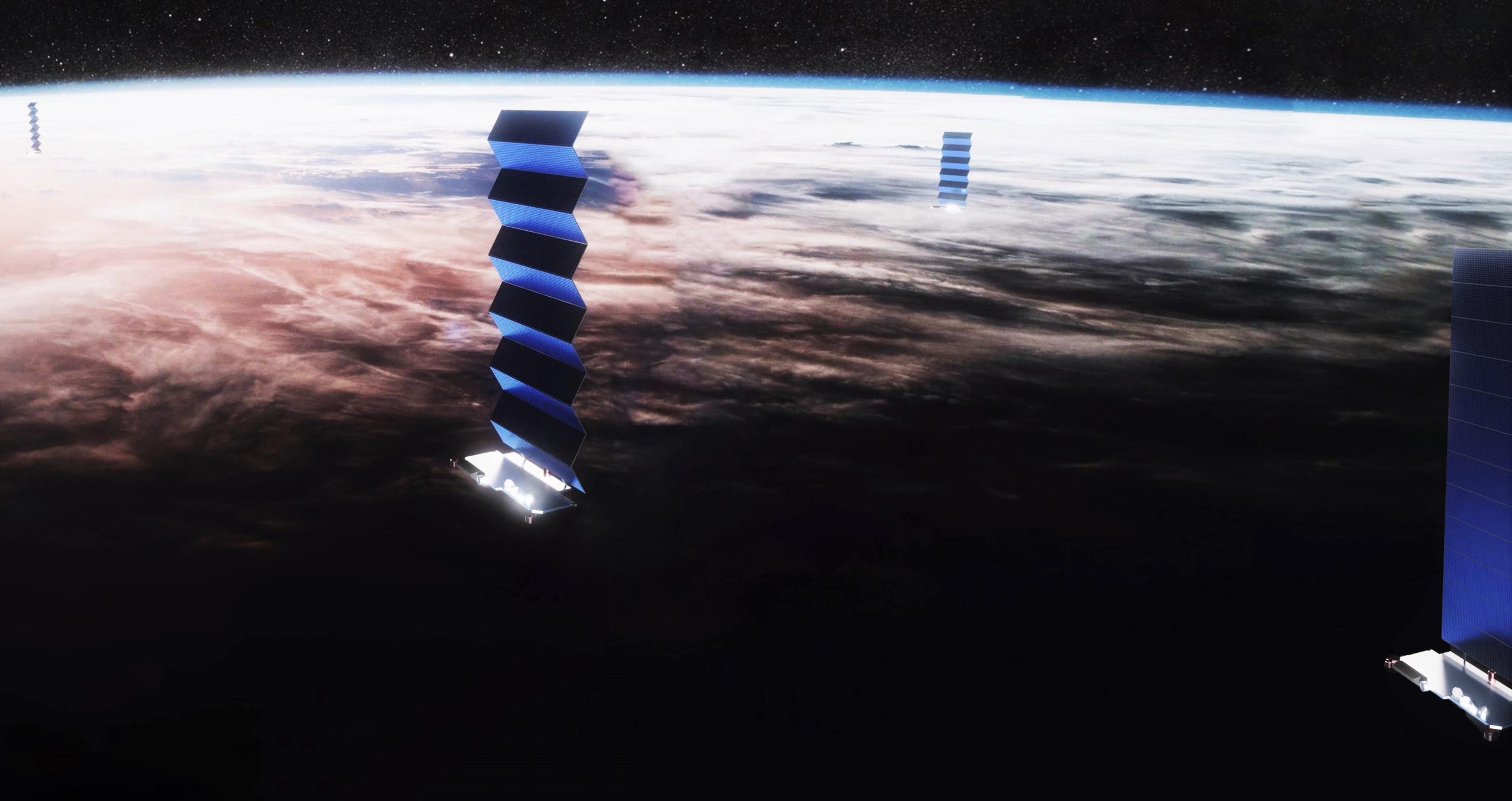
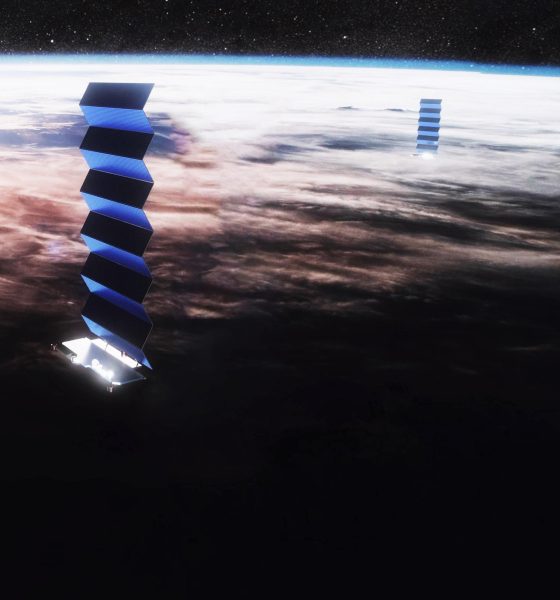
News
SpaceX’s Starlink satellite internet was tested by the US Air Force and the results are in
SpaceX President and Chief Operating Officer Gwynne Shotwell recently provided information about the company’s Starlink satellite internet constellation after a panel at the International Aeronautical Congress in Washington D.C. Shotwell spoke of a partnership with the U.S. military and just how far she believes Starlink is ahead of rival mega-constellation efforts.
While competitors are still developing very early prototypes and worrying about launch options, SpaceX has already launched 60 Starlink ‘v0.9’ satellite prototypes, 50 of which continue to successfully operate in low Earth orbit approximately half a year after launch. As part of a $29M contract awarded in late-2018, SpaceX is also working directly with the U.S. Air Force to test military applications of commercial space-based internet.
As previously reported by Teslarati, SpaceX was awarded a $29 million contract in December 2018 to collaborate with the U.S. Air Force Strategic Development Planning and Experimentation Office. Together, the organizations are testing potential military applications of Starlink satellite internet, as well as prospective constellations from other companies like Telesat.
From LEO to aircraft
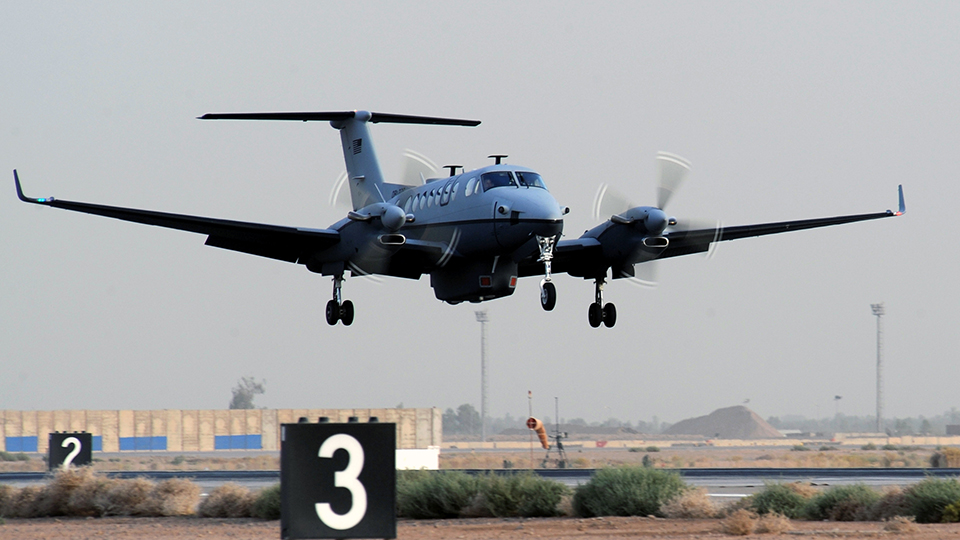
The technical viability and utility of beaming high speed, low-latency broadband internet directly into the cockpits of military aircraft is being tested under a program called Global Lightning. SpaceX has engaged the initiative and was awarded $29M to pursue development and testing, far more than any other contract recipient. In October 2019, SpaceX and the USAF began publicly discussing the latest results of that effort to test Starlink’s capabilities in the realm of in-flight connectivity. As reported by SpaceNews, SpaceX COO Gwynne Shotwell revealed that Starlink had successfully demonstrated a data link to the cockpit of a military aircraft with a bandwidth of 610 megabits per second (Mbps), equivalent to a gigabyte every ~13 seconds.
Following a previous speaking engagement on Oct. 15th at the Association of the U.S. Army’s annual conference, Shotwell and U.S. Army officials provided further insight regarding military applications of Starlink. Army officials spoke about the possibility of using Starlink satellite internet and other prospective constellations to support the military’s rapidly growing demand for high-speed communications.
During the panel with U.S. Army officials, Shotwell stated that “SpaceX is new to this forum and this service,” when addressing the possibilities that SpaceX could provide for the U.S. military. While working with the military is not a new concept to SpaceX, serving as a satellite communications provider would be unlike anything the company has yet attempted.
Up next, the USAF has plans to install Starlink terminals and test connectivity with an AC-130 gunship and a KC-135 tanker aircraft.
Falcon 9 to support frequent Starlink launches – customers and rocket reusability benefit
While Shotwell acknowledged the potential of a partnership with the US. military, she also noted that Starlink is first and foremost a commercial business meant to enhance the internet experience globally and nominally provide connectivity to anyone that wants it. She further noted that Starlink would remain an “additive to [SpaceX’s] business,” implying that it will not supersede SpaceX’s current launch service business.
Intriguingly, this is utterly counter to forecasts SpaceX has provided investors over the last several years, in which Starlink – if successful – would almost certainly come to produce one or two magnitudes more income than launch services ever could. Shotwell – speaking to a variety of US military (and Air Force) officials – may have wanted to avoid sending the message that SpaceX’s launch services business – crucial to the US military – might soon be absolutely dwarfed by Starlink revenue.
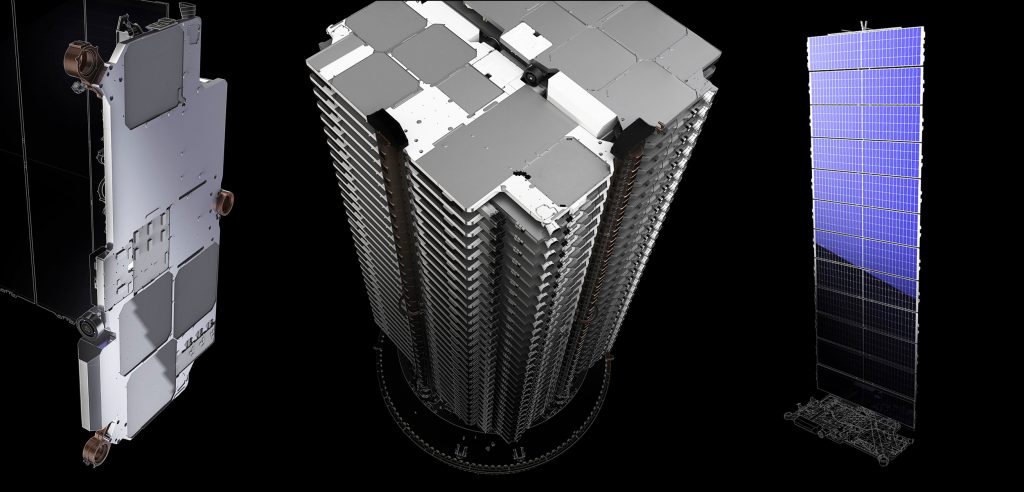
Previously hinted at by CEO Elon Musk, SpaceX hopes that revenue from Starlink will enable the company to independently fund the development and mass-production of its next-generation Starship launch vehicle, eventually enabling a permanent, large-scale human presence on Mars.
Currently, SpaceX’s Starlink plans involve several distinct phases, beginning with ~1500 satellites around 500km, another ~2900 around 1000 km, and an additional ~7500 in the 300-400 km range. Finally, SpaceX recently revealed even longer-term plans for Starlink that could involve launching up to 42,000 satellites, all in the name of expanding network coverage and bandwidth – pending, of course, consumer demand. To accomplish that feat, SpaceX will have to push rocket reusability to the absolute limits, beginning with Falcon 9 boosters and fairings and ultimately moving to Starship. According to Shotwell, “(SpaceX’s) intent is to use Starlink to push the capability of those boosters and see how many missions they can do.”
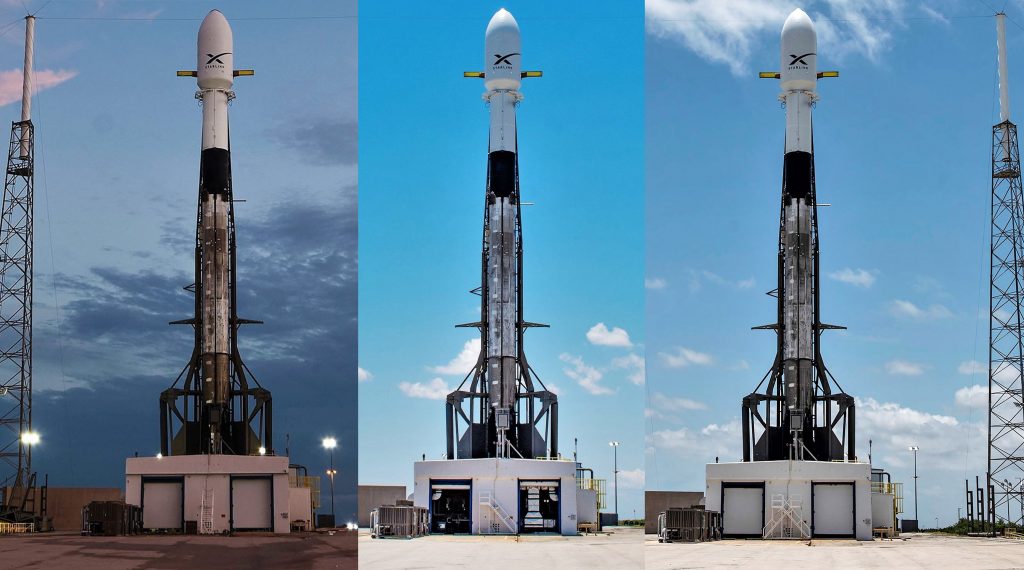
SpaceX’s next Starlink mission – also the company’s next mission and first launch in more than three months – will simultaneously attempt two new rocket reusability firsts, marking the first time that SpaceX has reused a Falcon payload fairing and the first time a single Falcon 9 booster has launched four times. Starlink-1 is scheduled to lift off no earlier than 9:55 am ET (14:55 UTC), November 11th.
Check out Teslarati’s Marketplace! We offer Tesla accessories, including for the Tesla Cybertruck and Tesla Model 3.
News
Tesla adjusts one key detail of Robotaxi operations in Austin
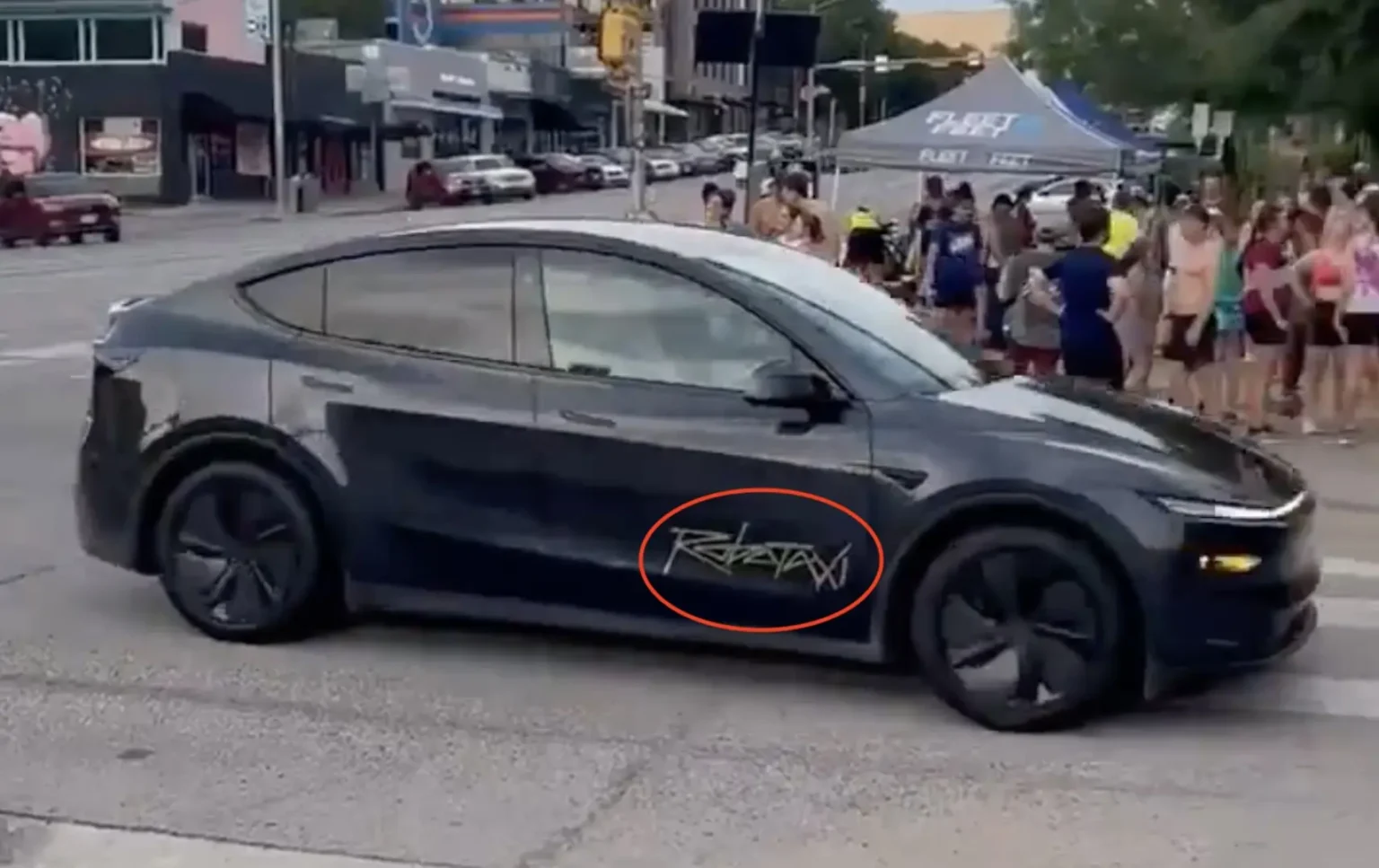
Tesla is adjusting one key detail of Robotaxi operations in Austin: service hours.
Tesla’s Robotaxi platform in Austin has been active since late June and has been running smoothly since then. It has its limits, as Tesla has set hours that Robotaxis can operate, as well as a distinct Service Area, also known as a geofence, which has expanded three times already.
While the geofence is currently approximately 170 square miles in size, Tesla has recently enabled freeway drives, which also necessitated an adjustment to the company’s strategy with its “Safety Monitors.”
Tesla explains why Robotaxis now have safety monitors in the driver’s seat
Traditionally, they sit in the passenger’s seat. During highway driving, they move to the driver’s seat.
These are just a few adjustments that have been made over the past two and a half months. Now, Tesla is adjusting the service hours of Robotaxi operation in Austin, but only slightly.
Tesla will now operate its Robotaxi ride-hailing service from 6 a.m. to 2 a.m., extending the hours by two hours. It previously shut down at midnight.
🚨 Tesla Robotaxi operation in Austin now will end at 2 a.m., a two-hour extension from its previous end time of midnight.
Its new service hours are now 6 a.m. to 2 a.m. local time pic.twitter.com/wXdYO6ARPB
— TESLARATI (@Teslarati) September 13, 2025
Tesla has implemented a variety of safeguards to ensure riders and drivers are safe during Robotaxi rides, and they have made it a point to adjust things when they feel confident that it will not cause any issues.
Many people have been critical of Robotaxi, especially because a person sits in the front of the car.
However, an accident or some type of mistake could do more damage to the autonomous travel sector than anything else. This would not just impact Tesla, but any company operating an autonomous ride-hailing service in the country.
News
Tesla Model Y ownership two weeks in: what I love and what I don’t
With any new car, I don’t really find things I dislike within the first few months; the novelty of a shiny new vehicle usually wears off eventually.
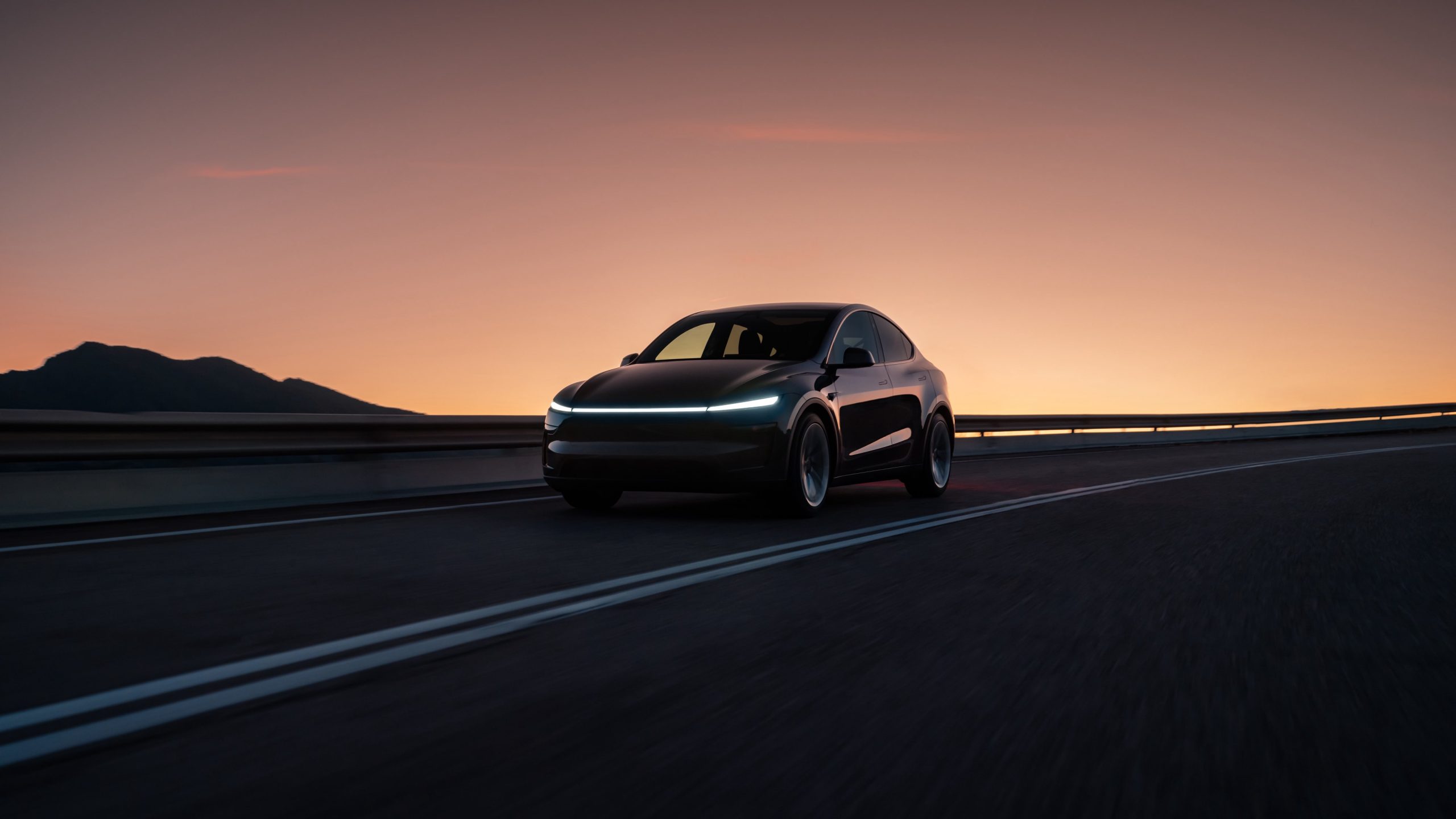
I am officially two weeks into Tesla ownership, having picked up my Model Y Long Range All-Wheel-Drive on Saturday, August 30. I have many things I really love, and I’ll do my best to come up with a few things I don’t, although I find that to be very difficult currently.
With any new car, I don’t really find things I dislike within the first few months; the novelty of a shiny new vehicle usually wears off eventually. In the past, I’ve had a car I only kept for nine months, but I loved it for the first two months. I am sure down the road, some things about the Tesla will bother me, but right now, I don’t have too much to complain about.
As for the things I love, I’ll try to keep it to just five, and as I continue to write about my ownership experience in the coming months, I’ll see if these things change.
A Quick Rundown
In the two weeks I have had my new Model Y, I have driven 783 miles. I have driven it manually, used Full Self-Driving, navigated tight city streets in Baltimore, and driven spiritedly on the winding back roads of Pennsylvania.
I traded my ICE vehicle for a Tesla Model Y: here’s how it went
I have had the opportunity to put it to the test in a variety of ways, and I feel like I have a great idea of this car and how it handles and drives just two weeks in.
Here’s my vehicle ownership lineage:
’98 VW Jetta K2 > 2002 Ford Taurus > 2008 Ford Escape Hybrid > 2019 Honda Civic > 2021 Ford Bronco Sport > 2026 Tesla Model Y https://t.co/BXTC9XThwe
— Joey Klender (@KlenderJoey) September 2, 2025
What I Love About My Tesla Model Y
I am only going to pick a handful of things, but do not take this list as a complete one. I truly have so many things I love about this car, but I want to mention the ones that are not necessarily “novelties.” I love the A/C seats, but it’s not something I feel deserves a mention here, because it would not likely sway someone to consider the car.
Instead, I want to highlight what I feel are things that truly set the Model Y apart from cars I’ve had in the past.
Tesla Full Self-Driving
Available on all Teslas, Full Self-Driving is something I use every day. It is not only a convenience thing, but it is also truly a fun feature to track improvements, and it’s been fun to show a lot of my friends who are not familiar with its capabilities just how safe and impressive it is.
My Fiancè and I have watched Full Self-Driving make slight changes in performance in the two weeks we’ve been using it. I tracked one instance on a Pennsylvania back road when the car stopped at an “Except Right Turn” Stop Sign. Initially, the car stopped, holding up traffic behind it. Just days later, FSD proceeded through that same Stop Sign cautiously, but without coming to a complete stop, which is the proper way to navigate through it.
I took the same route home last night as I did when I took this drive last week. FSD has *already* improved.
✅ Model Y did not stop at the “Except Right Turn” Stop Sign, and instead proceeded through at a confident, yet careful rate of speed in a safe manner
I believe the… https://t.co/E38lsipT46
— TESLARATI (@Teslarati) September 11, 2025
This quick adjustment was very impressive, and it even caught the attention of my better half. I will say it has been very fun to watch her fall in love with this car after being very reluctant to watch me get rid of our Bronco Sport.
The Handling
Tesla refined the suspension with the new Model Y, and you can surely feel it. Coming from a larger SUV, I did miss being able to really push the limits of my car on a beautiful, sunny, and warm day, and the winding roads of Pennsylvania are calling me for a drive.
The way this car hugs turns and genuinely puts a smile on my face when I’m pushing it. Dare I say I like driving it more than I like it driving me?
Interior Storage
One of my biggest complaints about my Bronco Sport was that, despite being an SUV, it felt smaller than it was supposed to be. I had trouble fitting golf bags and luggage in the back without having other storage options. It led me to install a roof rack and get a cargo container. I would have to put longer clubs in the back seat so the bags could lie without clubs getting bent.
I don’t seem to have a significant problem with this in the Model Y. Plus, the frunk and the additional cargo under the floor of the trunk are great for bags and other things. It offers 10 cubic feet more of space with the seats down than the Bronco Sport does.
The Entertainment
Not only is the sound system in this car absolutely unbelievable, but I also really enjoy the Tesla Theater, which is really something that has revolutionized how we spend our time in the car.
Charging at the Superchargers has become a new way for us to spend time together. Even if it’s just 30 minutes, my Fiancé’s busy work schedule at the hospital means we don’t get to spend as much time together as we would like. The charging lets us go grab a snack, watch a movie or show in the car, and just be with each other.
It’s honestly my favorite thing about the car so far, that we’ve both truly enjoyed what it has done for us. It put a smile on my face to hear her say, “It’s just so much fun to be in this car” last night when we met friends for dinner.
What I Don’t Love
I’m just going to get nitpicky here, because I don’t have much to complain about.
The Paint
I love the Diamond Black, and it gets so many compliments. However, it sure does get dirty fast. I feel like I’m going to have to invest in a car wash membership or set aside time each week to clean it. This is not a Tesla-specific problem, of course.
Climate Control
Another “first-world problem,” but sometimes I do have trouble getting the A/C to go right where I need it. I feel like, to feel the air, I have to put the fan speed to 7 or higher.
Swing Mode has been a real savior in this sense, but my Fiancè sometimes complains that my cold air will hit her when she’s already freezing. I think this is just something I need to get used to, as the vents are significantly different than any other car. It’s really not that bad, but it is worth mentioning that we’ve both said we are still adjusting to it early on.
Cybertruck
Tesla brings closure to head-scratching Cybertruck trim
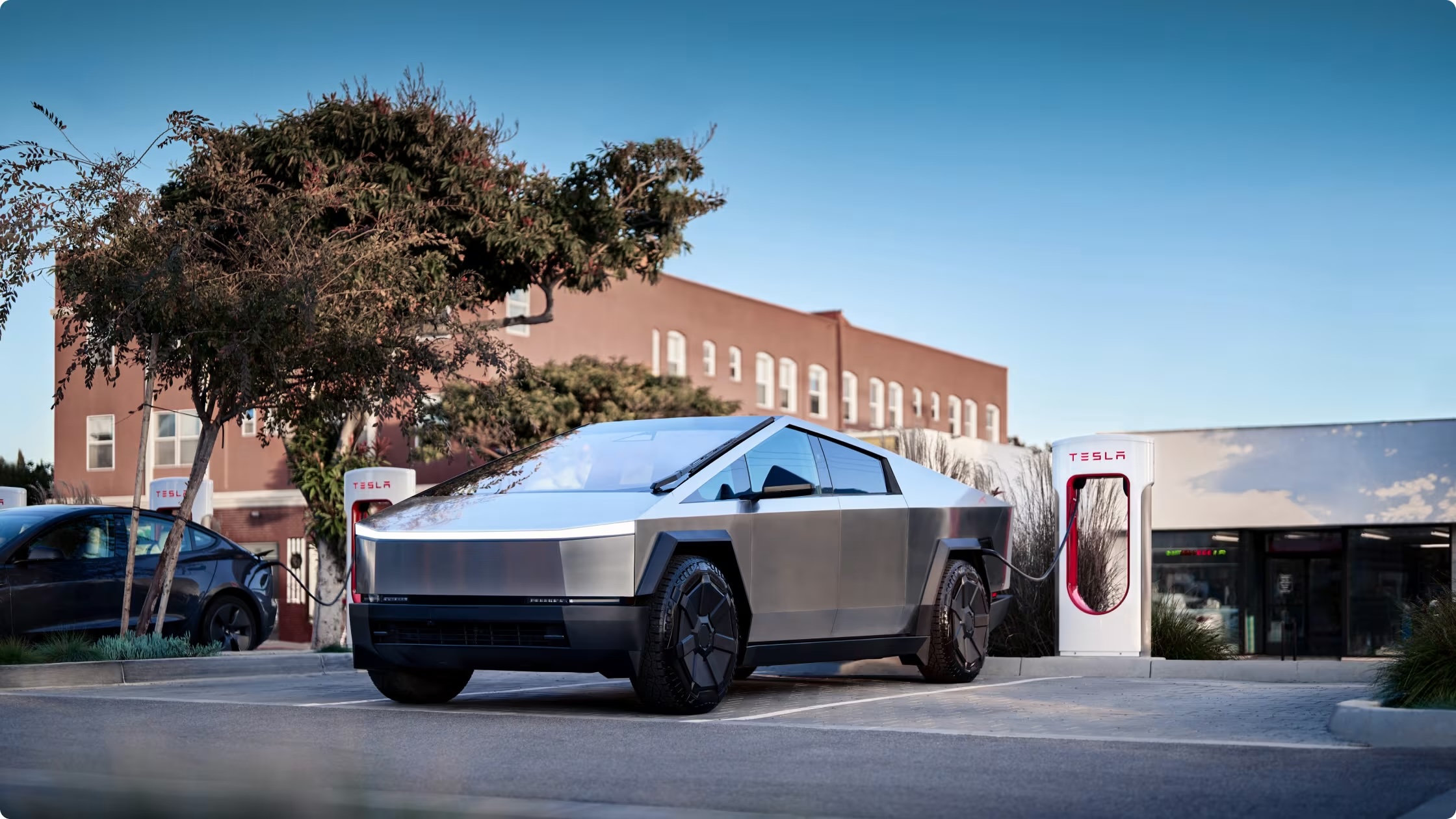
Tesla has ended the production and sale of a Cybertruck trim level that had many people scratching their heads. The move comes after slow sales on the trim, as many Cybertruck buyers opted for other configurations that seemed to be a better value for the money.
On Friday, Tesla officially brought closure to the Long Range Rear-Wheel-Drive configuration of the Cybertruck, a build that was introduced earlier this year at a lower price point than its All-Wheel-Drive counterparts, but missed many of the key features that made the Cybertruck, the Cybertruck.
Rolling the variant out at a price of $69,990, only $10,000 less than that of the All-Wheel-Drive configuration. However, it was also void of many other things:
- Single Motor
- Textile Seats instead of Leather
- 7-Speaker Audio System instead of 15-Speakers
- No Rear Touchscreen
- No Powered Tonneau Cover for Truck Bed
- No 120v/240v outlets
For $79,990, just $10,000 more, owners could receive all of these premium features, plus a more capable All-Wheel-Drive powertrain, which truly made this Rear-Wheel-Drive build of the Cybertruck a sitting duck for criticism.
It was simply not enough meat for the price, and demand was evidently low. From those I spoke to, orders were few and far between; people simply found more value in the All-Wheel-Drive configuration based solely on the additional motor. Adding all the premium interior and functionality features made it a no-brainer.
In a way, it seems Tesla was overly optimistic about the Rear-Wheel-Drive configuration of the Cybertruck, but even after it was launched, plenty of loyal fans were confused by it:
AWD worth $10k more imo
— Zack (@BLKMDL3) April 11, 2025
Sorry. It just isn’t worth that much. I would buy the dual motor at that price, before incentives. I guess I’ll just have to wait longer. The old F150 still runs good. There is nothing compelling at that price point.
— Cat Herder (@Christo87184657) April 11, 2025
The Cybertruck is a great vehicle, and it is among the best vehicles in the company’s lineup. However, it really missed a price point for the Rear-Wheel-Drive configuration that was effective enough to drive people toward it. Many said they would have considered it if Tesla could have brought the price down into the high $40,000 or low $50,000 range.
I took a Tesla Cybertruck weekend Demo Drive – Here’s what I learned
It seems it just did not have the appeal to keep up. Now, Tesla has the All-Wheel-Drive and Cyberbeast for $72,490 and $114,990, respectively.
-
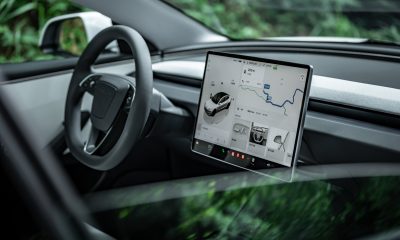
 News2 weeks ago
News2 weeks agoTesla is overhauling its Full Self-Driving subscription for easier access
-
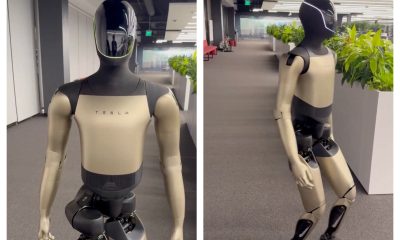
 Elon Musk1 week ago
Elon Musk1 week agoTesla’s next-gen Optimus prototype with Grok revealed
-
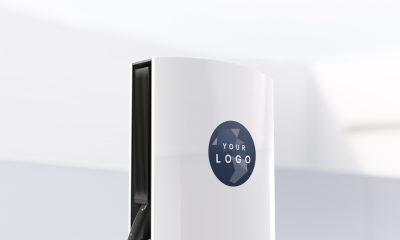
 News1 week ago
News1 week agoTesla launches new Supercharger program that business owners will love
-
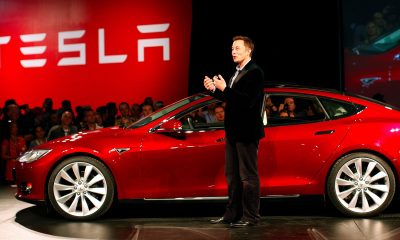
 Elon Musk1 week ago
Elon Musk1 week agoTesla Board takes firm stance on Elon Musk’s political involvement in pay package proxy
-
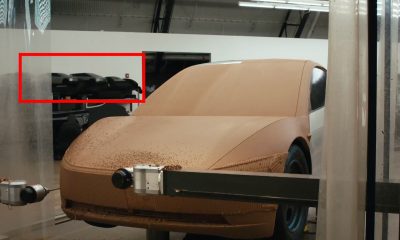
 News2 weeks ago
News2 weeks agoTesla appears to be mulling a Cyber SUV design
-
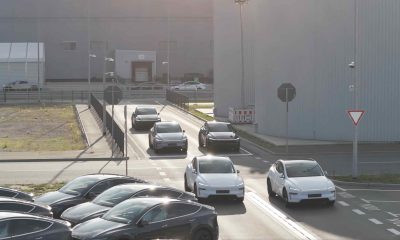
 News1 week ago
News1 week agoTesla deploys Unsupervised FSD in Europe for the first time—with a twist
-

 News1 week ago
News1 week agoTesla explains why Robotaxis now have safety monitors in the driver’s seat
-
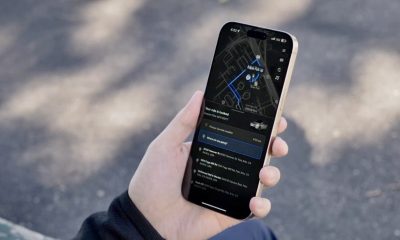
 News1 week ago
News1 week agoTesla is already giving Robotaxi privileges hours after opening public app


